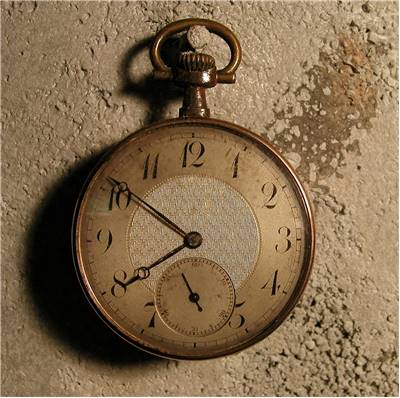
The sundial, which many of us encounter in some movies, where time is measured using the shadow of a stick, is known as the first tool used to measure time. So the sun bar at some point means the first invention of the clock. History in Egypt BC. This type of watch, which dates back to 4000, was created by placing a rod in a vertical position on a point to receive sunlight throughout the day, and the hour was calculated by looking at the length of the rod's shadow.The lack of this watch was revealed when the sun went down because it was not possible to calculate the time at night. Our research on the invention and inventor of the watch found in archaeological excavations takes us to Egypt, the Egyptians. Because we encounter the first sundial examples in this geography.
We meet the Ancient Greeks and Romans with water-watch that turn off the negatives of the sundial. The watches, whose examples are seen in different countries in the geography starting from Europe and extending to the Far East, have different roles in the development of the watches we use today. The invention of the first toothed wheels in the 300s was a very important development for the modern watch, although it was not known that they would be useful in the creation of the watches we use today.
The Watch Continues to Improve.
Water-watches, called Clepsydra, show a rapid spread in a short time because they provide more accurate measurement than sundials, while sand watches are becoming tools that are frequently used in coastal countries because they are very useful for sailors.Although watches are changing shape regionally, while the basic principles of water and sand watch are standardizing, from this point on, we see that China has started to play a big role in the development of mechanical watches. An example of the first complex mechanical watches with adjusters on the back of the watch, which is 3 meters high, powered by water power, encountered in the work named Hsin I Hsiang Fa Yao by one of the Chinese educators Su Sung.In the 1300s, while mechanical clocks started to be built in the form of towers in the centers of settlements, we see that the clock system in these towers moved on the water clock line. The discovery of the pendulum clock is based on Galileo, who studied the pendulum clock in 1582 but died before completing its work.In the trace of Galileo's work, it can be seen that the first mechanical pendulum watch was invented in 1656. The person who invented the watch in portable form went down in history as Peter Henlein. Henlein's first pocket watches in the 16th century were very heavy due to their mechanical structures and heavy materials used in production.
Wristwatches Enter Our Lives.
Although the invention and historical development of the watch is a long process, the invention of wristwatches, which have an important place in our lives with their ease of use and functions, takes place in the 19th century.The Watches continue to evolve and change today. We will see together what changes the watches, which meet many new features that make our lives easier, will show in the coming years.it is necessary to understand this history, to understand the fake watch.I will write an article about the history of replica watches as soon as possible.

